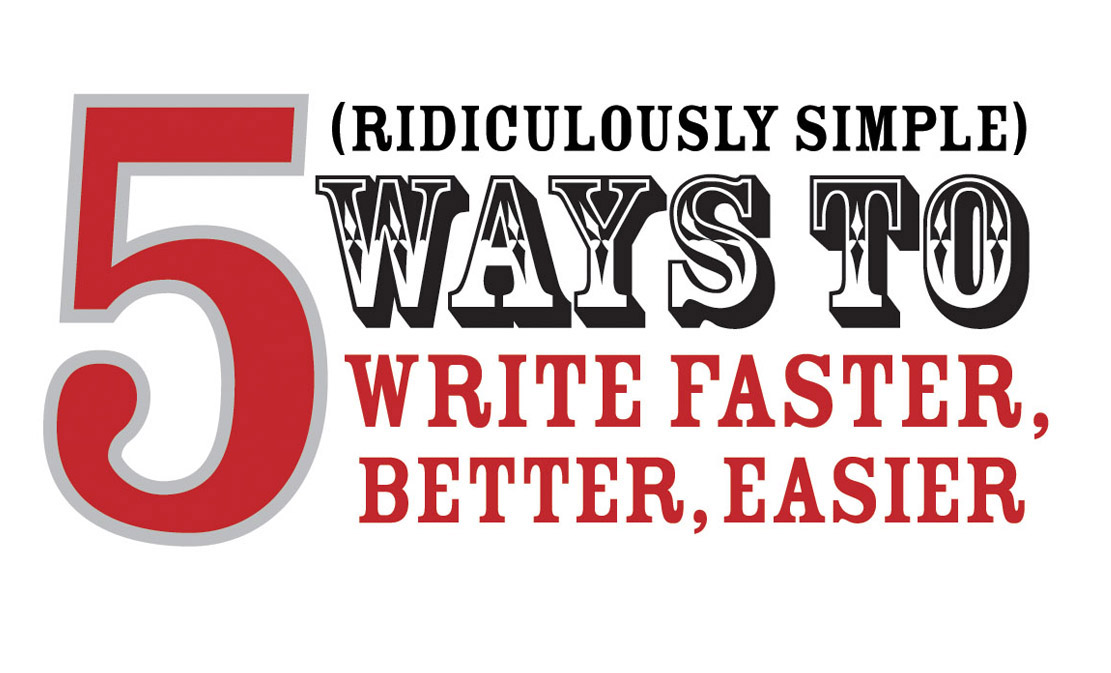Can You Prevent Frozen On-Camera Interviews? Try The Defrosting Technique
 Thursday, July 30, 2009 at 08:11AM
Thursday, July 30, 2009 at 08:11AM It’s bound to happen. It’s just a matter of time.

Imagine you are about to interview someone for your company’s video.
They enter the room. Your interview guest sits in their chair. You sit in yours. The camera rolls. You fire away at your first question.
Then you begin to notice something unusual.
About two minutes into your conversation, it’s clear the person you’re interviewing is visibly nervous– almost like they’re “frozen.”
Quickly– how do you melt the fear your guest is having?
You would think saying, “Be yourself” and “Ignore the lights” would help, but it usually doesn’t. So what do you do? How do you warm up and prevent a “frozen” interview from ever happening in the first place? Try this “Defrosting Technique.”

What are the three steps in the “Defrosting Technique”?
1. Trade places
2. The more, the better
3. Be a “story steward”
It’s that simple.
1. Trade places
After your initial greetings, have your guest sit in the “director’s chair.” You sit in the interviewee’s chair. Have your guest look at the video monitor so they understand how they will look on the screen.
Then, have your guest ask you a question, as if they are interviewing you. Answer your guest’s question in depth. While you are answering, your guest will begin to see how they will look, how easy it is to answer the questions, where their eyes should be looking and so forth.
2. The more, the better
While you’re still sitting in your chairs, explain to your interviewee “the more, the better” concept. Tell them if they answer your question with only a few words, it makes it extremely difficult to edit their responses into something interesting. Sharing more words is better than less. Reassure them that if they go off-track that you are there to bring them back “home.”
3. Be a “story steward”
What’s a steward? A steward is a “caretaker, overseer.” How do you go about becoming a “story steward”? Tell them you are the one responsible for their story. Most people who appear on-camera don’t have any idea who will see their footage or edit it. They naturally feel apprehensive in sharing their thoughts
Reassure your guest you are their “story steward.” It’s your job to capture and present their point of view as best as possible. Chances are, your guest will show signs of great relief when they hear these words!
Why does the “Defrosting Technique” work?
The “Defrosting Technique” works well because it quickly defuses the anxiety a guest has about appearing on-camera. For most people, appearing on-camera is not part of their normal routine. These three easy steps help demystify their video experience.
When is the best time to use the “Defrosting Technique?”
a.) Several days before the interview occurs.
b.) The day of the interview- right before the interview is about to begin.
There you go. Three simple things you can do to help your next interview go smoothly:
1. Trade places
2. The more, the better
3. Be a “story steward”
Just by using the three simple steps mentioned above, your interviewee will begin to relax and feel comfortable under the lights. By the end of the interview, they will not be nervous anymore and you'll also end up with some great footage to edit into an interview worth watching.
---Tom
P.S. Of course, there are more ways to help people feel comfortable on-camera. This post is just a beginning. Feel free to add your comments or questions to this list:
- What methods have helped you capture a conversation organically and comfortably?
- If you were appearing on-camera, what would you want to know to help you feel comfortable?
 Prevent Interviews from Freezing Up: Try The Defrosting Technique
Prevent Interviews from Freezing Up: Try The Defrosting Technique



Reader Comments